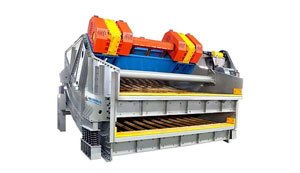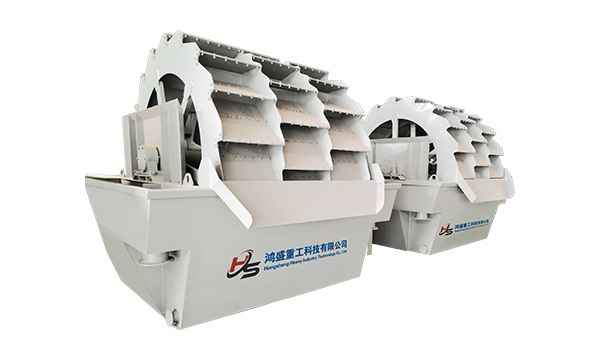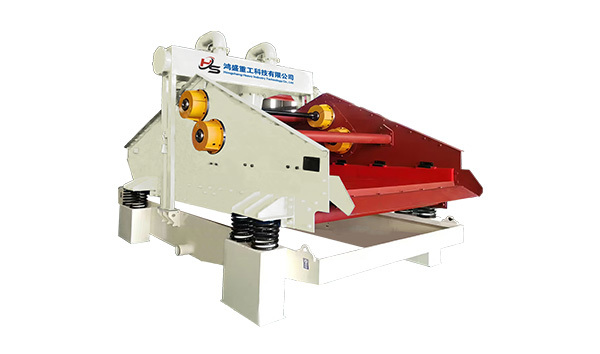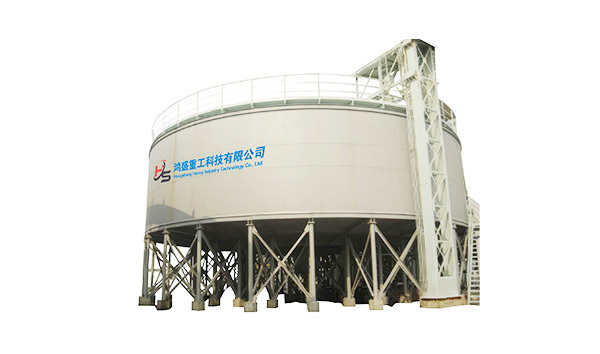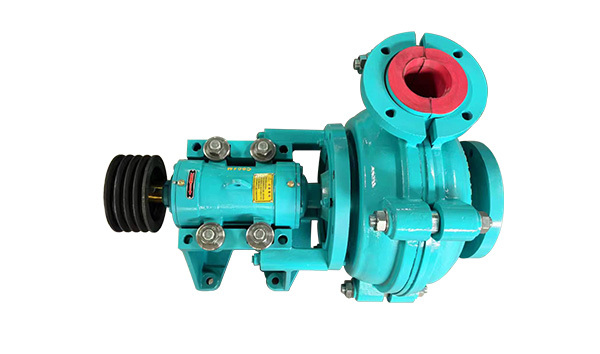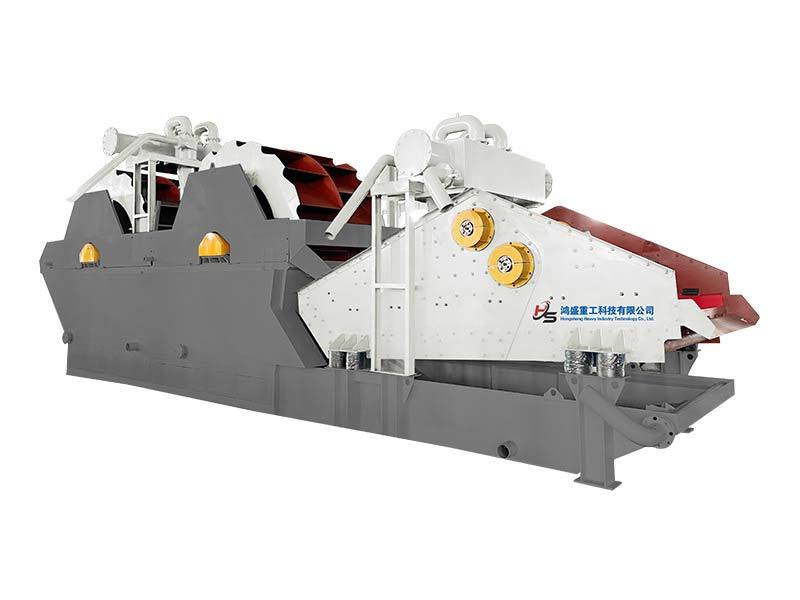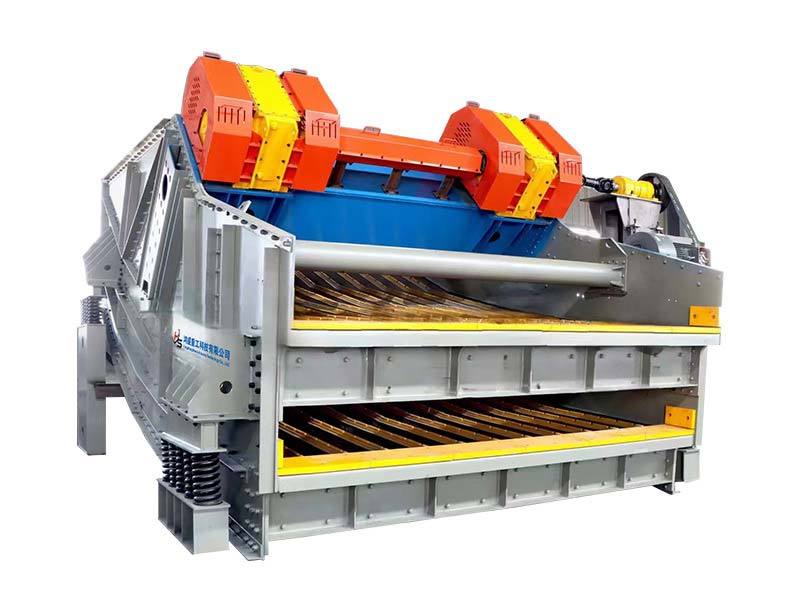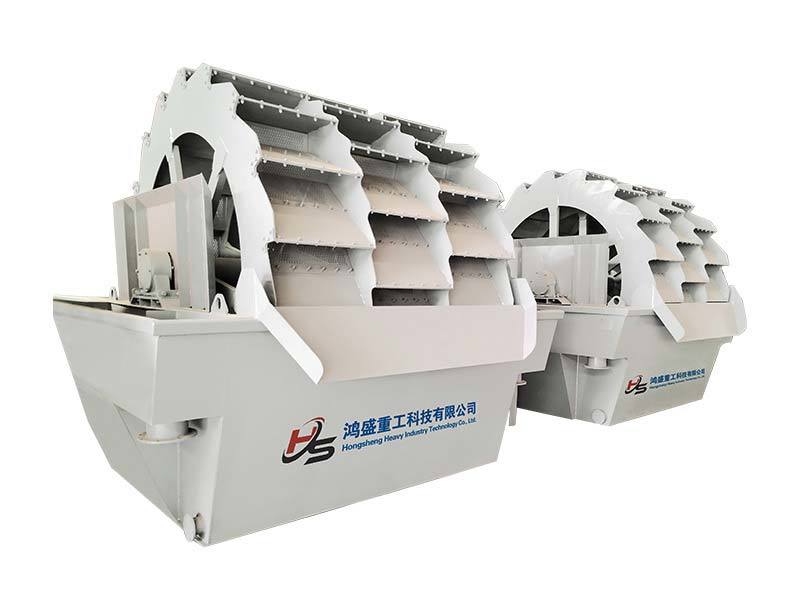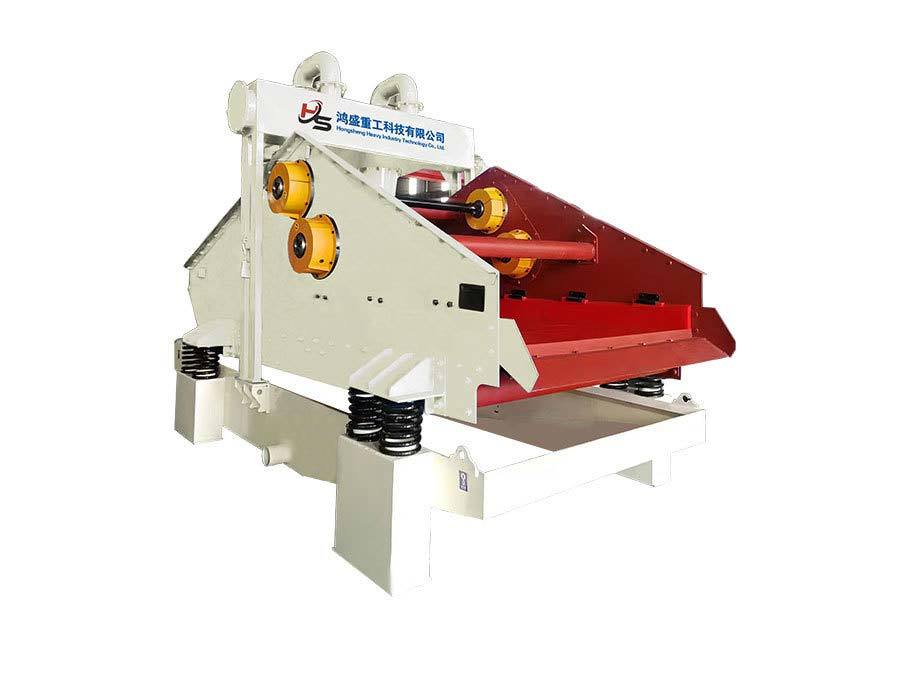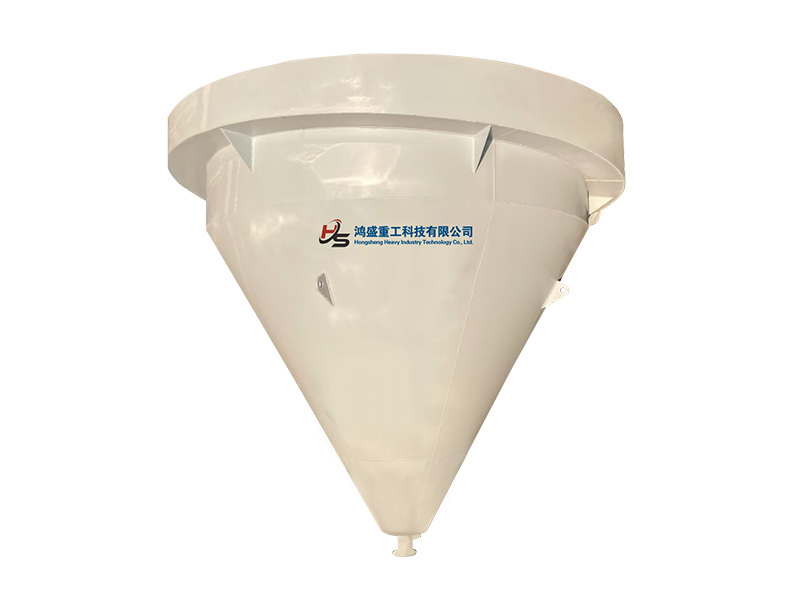
Share to
Cone Classifier
Still deciding? Get samples first, Contact US !
View similar products
Tag list
- Description
-
Product Introduction
The Cone Classifier is a mechanical device designed for particle size classification of solid particles based on the principle of gravity sedimentation. Its core structure features a conical vessel (single or multi-cone configuration) that enables efficient separation of coarse particles (settling) and fine particles (overflow) by adjusting fluid velocity and cone angles. Widely used in mining, construction materials, environmental protection, and other industries, it serves as a critical component in closed-circuit grinding systems and can also be applied for dewatering pretreatment of solid-liquid mixtures.
Typical Structural Components:
● Conical vessel (materials: carbon steel, stainless steel, or wear-resistant linings)
● Feed pipe (uniformly distributes the slurry)
● Overflow launder (collects fine particles)
● Underflow discharge port (removes coarse particles)
● Adjustment mechanism (manual/automatic control of overflow height or cone angle)
Working principle
1、Feeding Process:
● Slurry (solid-liquid mixture) is introduced into the conical vessel through a top or side inlet, where it is uniformly distributed within the conical space.
2、Sedimentation Classification:
● Coarse particles: Rapidly settle under gravity, sliding along the conical wall to the underflow discharge port (underflow).
● Fine particles: Remain suspended in the upward fluid flow and exit via the overflow launder (overflow).
3、Parameter Adjustment:
● Overflow height:Adjusting the overflow weir height alters the classification particle size (Height ↑ → Overflow particle size ↑).
● Cone angle:Smaller cone angles extend the sedimentation path, improving classification precision (Typical range: 55°–75°).
● Feed concentration:Excessive concentration reduces classification efficiency; optimal range should be maintained (Generally 15%–40%).
Application Industries
● Mining Beneficiation:Integrates with ball mills to form closed-circuit grinding systems, controlling the particle size of ground products and improving beneficiation efficiency (e.g., gold, copper, and iron ores).
● Sand & Aggregates:Particle size classification of mechanized sand, removing ultrafine powders, clay particles, or coarse grains to optimize concrete gradation.
● Environmental Protection & Wastewater Treatment:Sludge thickening, dry stacking of tailings, and reducing load on downstream dewatering equipment.
● Chemical & Ceramic Industries:Precision classification of powdered materials (e.g., calcium carbonate, kaolin) to meet product particle specifications.
● Metallurgy:Metal powder classification and processing of smelting slag.
Performance Features & Advantages:
● High Efficiency & Low Energy Consumption:
Pure gravity-driven operation (no external power required) or low-power assist (specific models), consuming only 30%–50% of the energy used by hydrocyclones.
Precision classification with adjustable separation size (0.05–5 mm), achieving <5% coarse particle carryover in overflow.
● Simple & Reliable Structure:
No complex moving parts, resulting in low failure rates and maintenance costs (1/3 of vibrating screens).
Wear-resistant linings (e.g., rubber, polyurethane) with a service life exceeding 5 years (even in high-hardness ore conditions).
● Exceptional Adaptability:
Wide feed concentration tolerance (10%–50%), stable performance under fluctuating slurry conditions.
Corrosion-resistant materials (e.g., 316L stainless steel) optional for acidic or seawater processing environments.
● Low Noise Operation:
Noise levels below 70 dB during operation.
Technical Specifications Table
Equipment Selection Guidelines
Equipment configuration is heavily dependent on material properties and typically requires customization based on raw material characteristics and operating conditions. Clients may provide detailed material specifications and operational parameters, enabling our engineering team to recommend optimal configurations tailored to actual requirements. The parameter table below serves as a general reference only.Equipment Model
Feed Particle Size(mm)
Classification Range
(mm)
Processing Capacity(t/h)
Water Consumption(m³/h)
GSF1200
<5
0.4-0.04
3~7
10~15
GSF1500
<5
0.4-0.04
7~10
15~20
GSF1800
<5
0.4-0.04
10~15
20~30
GSF2100
<5
0.4-0.04
15~20
30~40
GSF2400
<5
0.4-0.04
20~25
40~60
GSF3000
<5
0.4-0.04
25~40
50~80
For more detailed technical specifications or application cases, feel free to contact us for further discussion!
Previous: FSR Machine/ FSR&D Integrated Machine
Cone Classifier
Still deciding? Get samples first, Contact US !
Products Category
Tag list
Cone Classifier
Inquire Now
Note: Please leave your email address, our professionals will contact you as soon as possible!


